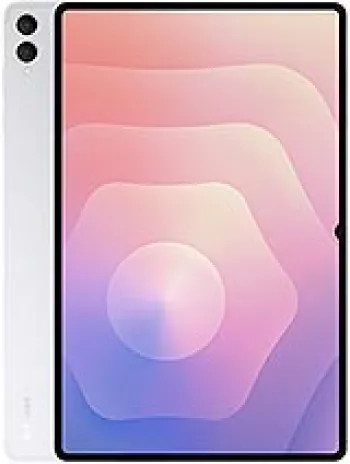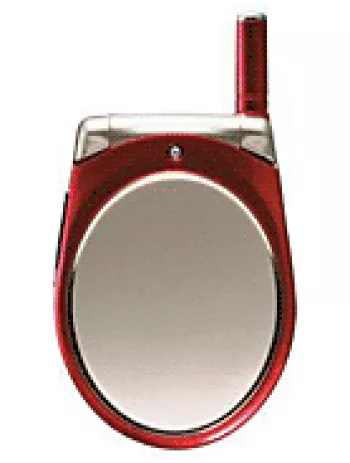
Overview of the Samsung P730
The Samsung P730, launched in March 2004, was a distinctive mobile device from Samsung that combined functionality with style. Falling under the category of feature phones, it offered a range of features that catered to business professionals and tech enthusiasts alike at the time.
Network and Connectivity
The Samsung P730 operated on GSM network technology, supporting GSM bands 900, 1800, and 1900. With Class 8 GPRS capabilities, users could enjoy reasonable mobile internet speeds, though it did not support EDGE. Despite the limitations by today’s standards, it was well-suited for the network technologies available at the time.
Launch and Status
Announced in March 2004, the Samsung P730 quickly gained popularity for its sleek design and feature set. However, like many devices of that era, it was eventually discontinued as new technologies emerged and market demands evolved.
Design and Build
The device had compact dimensions measuring 94 x 45 x 25 mm and weighed in at 123 grams, making it quite lightweight and portable. Its form factor and weight contributed significantly to its appeal among users who preferred devices that could easily fit into a pocket or small bag. The phone utilized a Mini-SIM card and came in two colors: Light Silver and Gray Violet.
Display
Featuring a TFD screen capable of displaying 256K colors, the Samsung P730’s display resolution was set at 176 x 220 pixels. Although the screen size isn’t explicitly mentioned, it provided vibrant colors that enhanced user experience, making it suitable for viewing photos and playing games.
Memory and Storage
Internally, the Samsung P730 was equipped with 64MB of storage, and it featured an RS-MMC slot for expandable memory. The phonebook could house up to 2000 entries, complete with photo call capabilities. This extensive storage for contacts and the ability to expand memory was notably beneficial for users who needed more than the internal storage provided.
Camera Capabilities
Equipped with a single 1 MP main camera, the Samsung P730 offered basic photography capabilities, including CIF video recording. While this might seem limited compared to today’s smartphones, it was quite competitive at the time of its release, allowing users to capture and store moments on the go.
Sound and Audio
Despite lacking a loudspeaker and a 3.5mm audio jack, the phone supported vibration alerts and downloadable polyphonic ringtones, which were popular at the time. These audio functionalities aimed to provide a pleasant auditory experience suited to the needs of early 2000s users.
Communication Features
For communication, the Samsung P730 did not support WLAN or Bluetooth, but it did include an infrared port, allowing for wireless data transfers between compatible devices. While it lacked built-in radio, it offered a proprietary USB connection for data syncing, ensuring users could manage and transfer information efficiently.
Additional Features
The phone came equipped with messaging capabilities, including SMS, EMS, MMS, and Email support. Its built-in WAP 2.0/xHTML browser facilitated basic internet browsing. Additionally, the phone included three games: BubbleSmile, Fun2Link, and Mobile Chess, alongside 3D games, providing entertainment options for users. Java support (MIDP 2.0) further enhanced the phone's functionality, allowing the installation of additional Java-based applications.
Battery and Power Management
The Samsung P730 housed a removable Li-Ion 800 mAh battery, providing up to 243 hours of standby time and up to 3 hours 20 minutes of talk time. For users requiring more power, an extended Li-Ion 1100 mAh battery was available, extending standby time to 335 hours and talk time to 4 hours 20 minutes. This flexibility in power options catered to various user needs, from business professionals to casual users.
Summary
In conclusion, the Samsung P730 was a well-rounded feature phone that offered a balance of essential functionalities and style. From its supportive GSM connectivity to its media capabilities and power options, it served its user base effectively. While technology has advanced significantly since its release, the Samsung P730 remains an important part of cellular history, illustrating the evolution of mobile technology and consumer demands.
Key Features of Samsung P730
- Compact size with dimensions: 94 x 45 x 25 mm
- Lightweight at 123 g (4.34 oz)
- TFD display with 256K colors
- 1 MP camera with CIF video capability
- Internal memory of 64MB with an RS-MMC card slot
- Phonebook capacity of 2000 entries with Photo call feature
- Infrared port available for connectivity
- Supports SMS, EMS, MMS, and Email messaging
- Java support (MIDP 2.0) for additional applications
- Variety of built-in games including BubbleSmile and 3D games
- Removable Li-Ion 800 mAh battery with up to 243 hours standby time
- Available in two colors: Light Silver, Gray Violet
Disadvantages of Samsung P730
- Lacks EDGE technology for faster data transfer.
- Discontinued status - no support or updates available.
- Relatively bulky design with dimensions of 94 x 45 x 25 mm and a weight of 123g.
- Low internal memory capacity of 64MB, with limited expansion option.
- Single 1 MP main camera with low resolution video recording (CIF).
- No selfie camera available.
- Absence of a loudspeaker and no 3.5mm audio jack for headphones.
- Lacks modern connectivity options such as WLAN, Bluetooth, and positioning systems.
- No built-in radio feature.
- Proprietary USB port, limiting compatibility with standard chargers and cables.
- Limited battery capacity, with a maximum talk time of up to 4 hours 20 minutes with the extended battery.


View Also
More Phones
All Rights Reserved +14266 Phones © Mobilawy 2025

























